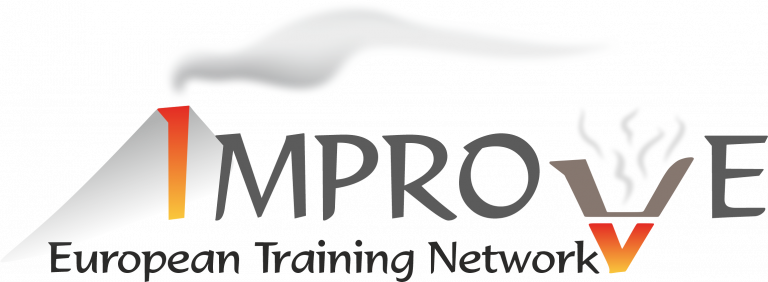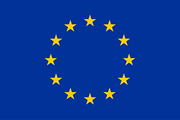Krafla multiparametric experiment
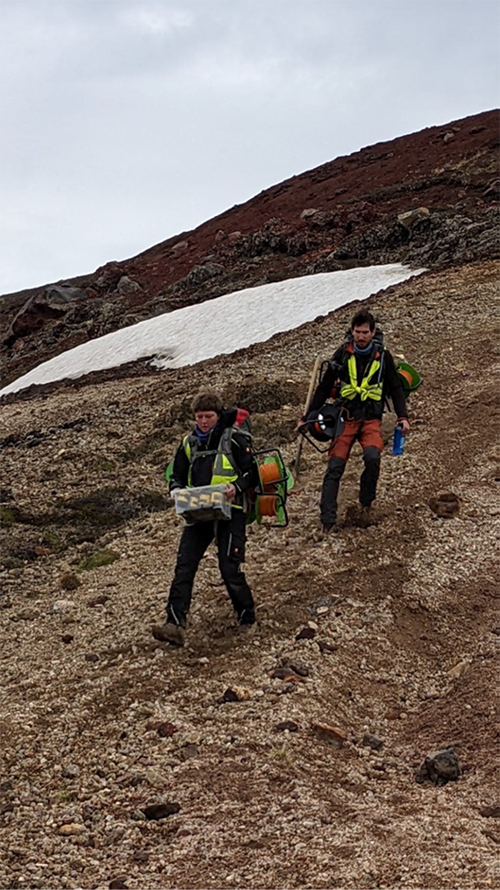
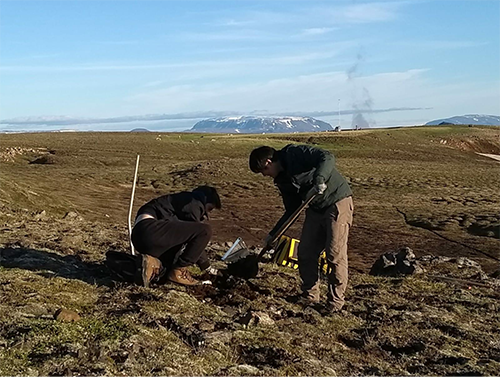
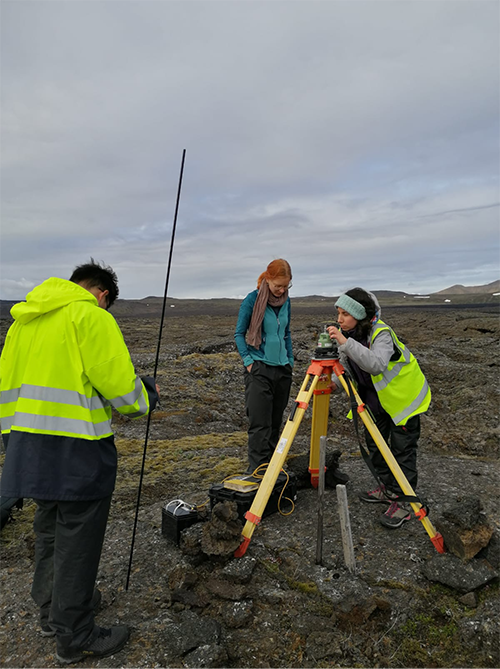
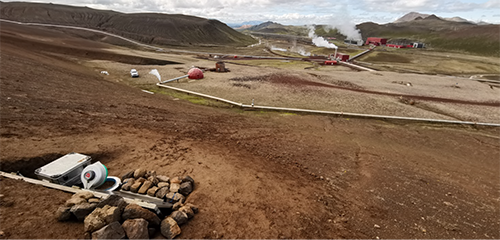
The IMPROVE multi-parametric experiment at Krafla took place from June 17 to July 3 (with some groups continuing further). A total of 41 personnel took place, including 14 Early Stage Researchers recruited under IMPROVE. The experiment has a strong scientific content, as it is described in the project:
OBJECTIVE #1. IMPROVE will attack the present-day major limitation in underground imaging of volcanoes, by concentrating the research of 9 ESRs and their scientific tutorship teams in a coordinated, multi-disciplinary effort aimed at testing current-day models, and developing new ones, at Krafla, the unique place where ground- truth testing can be conducted thanks to direct knowledge of the magma-rock interface.
It also has a similarly strong educational content, justifying the participation of all of the IMPROVE ESRs (one still to be recruited at the time), including those focusing their research activities on Mount Etna.
| ESR | Project | Inst. | Objectives (shortened) | Active field component |
|---|---|---|---|---|
| 3 | Thermo-mechanical modelling of the shallow magmatic body at Krafla | INGV | Constrain dynamics and thermo-mechanical properties of subsurface at Krafla | None |
| 5 | Thermal response of a geothermal system to intrusion and rifting episodes | UI | Quantify thermal and fluid flow effects of intrusions and rifting; study energy budget | Exploration of thermal output of fumaroles |
| 6 | Crustal deformation modeling in the Krafla area based on realistic Earth properties | UI | Construct 3D visco-poro-elastic model; use to study geothermal and other deformation | GNSS measurements (~70 campaign stations); levelling |
| 7 | Time lapse virtual & earthquake source seismic imagery at Krafla | DIAS | Apply and developed innovative seismic reflection for chamber roof; new borehole seismometers | 100 nodes; 20 seismometers; borehole seismometer |
| 9 | Evolution of permeability in Krafla's geothermal field and associated seismo-acoustic patterns | LMU | Determine permeability and volatile flux evolution using lab work & simulations; link to seismicity | Sample collection; drill cuttings; field permeability measurements |
| 11 | Shallow crustal density distributions and its evolution at the Krafla volcanic system | UNIV-BRIS | Construct 3D subsurface density model from gravity & other data; temporal gravity changes | Gravity survey (incl. GNSS) |
| 12 | Multi-scale high resolution geophysical imaging of Krafla sub-volcanic system | IS-Terre | VH-res electric, IP, MT, seismic, magnetic surveys; link with seismicity, flow, & joint integration | 60 electric, 100 seismic nodes; 6 magnetotelluric systems |
| 13 | Modeling mass balance and stress transfer at the Krafla volcanic system | GFZ | Install 5 continuous gravity+ stations; compare with production data & model mass movements | Move Theistareykir gravity infrastructure to Krafla; gravity survey |
| 15 | Geochemical prospecting and geothermal circulation modelling at Krafla | INGV | Geochemical prospecting and geothermal circulation modelling; test new instruments | CO2 flux and T mapping; sampling for CO2 isotopes; CO2 flux monitoring station |
